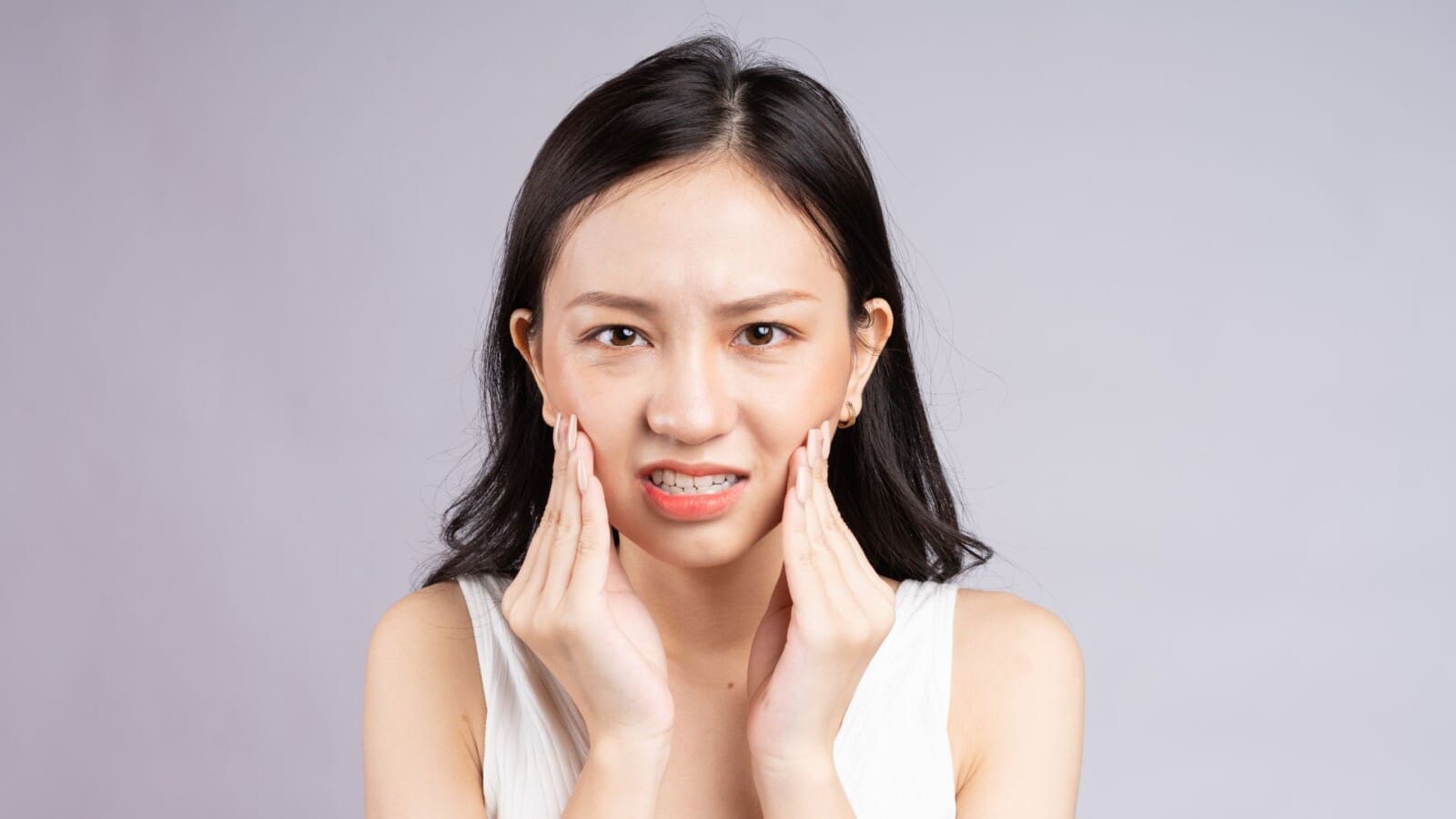
Get stories and expert advice on all things related to college and parenting.

Vaping has been big news in 2019 because of the outbreak of devastating and in some cases fatal vaping-related lung illnesses across the country. And by now most parents of middle school, high school and college students are familiar with Juul, the company that popularized the sleek, small vaping devices with flavored pods (each containing the nicotine equivalent of a pack of cigarettes) that are now ubiquitous.
The e-cigarette market has exploded in recent years. Worth 11.3 billion U.S. dollars in 2018, it's projected to grow to 18.2 billion by 2024.
How does this kind of growth happen? By way of aggressive marketing campaigns that bring in new users — including millions of teens and young adults — and keep them hooked on the products and the nicotine they contain. It's no coincidence that Tobacco giant Altria, parent company of Philip Morris USA and makers of Marlboro cigarettes among others, now owns 35 percent of Juul.
Amidst all these developments, schools have struggled to control vaping. Schools have their work cut out for them but we do at home as well. Families have an important role to play by talking with their kids about the dangers of vaping nicotine and THC (marijuana) products.
Here is information to help fill in some gaps in your knowledge so you can have informed conversations with your children, teens and college-aged students.
E-cigarettes or “vapes” are battery-powered devices that heat a liquid to a boiling point into an aerosol used by the inhaler. The liquid usually has nicotine, which comes from tobacco; flavoring (like cotton candy, fruity cereal, chocolate, or bubble gum); and other additives.
According to the Centers for Disease Control and Prevention, vaping as a recreational activity has become increasingly more prevalent among teenagers and college students as a way to obtain a buzz, similar to the nicotine “high” that cigarettes offer. E-cigarettes are now by far the most commonly used nicotine product among youth.
E-cigarettes were originally conceived of and marketed as a smoking cessation product. Juul changed everything. Today, Juul brand e-cigarettes dominate the market and resemble a flash drive. The small size makes it easy for kids to bring them to school — they can "juul" during the day and not be caught. Juul pods typically contain five percent nicotine.
Bright colored vape pens are easily mistaken for writing utensils — hiding in plain sight.
Popular vape “tricks” teens enjoy include blowing smoke into an “O” shape and exhaling smoke through the nose. Social media sites like Instagram and Snapchat are platforms for online vape-trick competitions and publicizing electronic cigarette use, such as juuling at school.
Many high school and college students — and parents, too — may think e-cigarette use is relatively harmless, or at least a better option than drinking or using harder substances.
Wrong.
According to the Food and Drug Administration, 81% of kids who’ve used tobacco started with a flavored product. And research has found that youth who use a nicotine-delivery product such as e-cigarettes are more likely to go on to use traditional tobacco products like cigarettes.
The nicotine contained in many e-cigarettes is not only highly addictive but also places youth health at risk. Because the brain is not fully developed until about the age of 25, exposure to nicotine can cause lasting cognitive and behavioral impairments, such as disrupted development of attention, learning challenges and increased susceptibility to addiction — including addiction to other substances.
The Surgeon General has declared e-cigarette use among youth and young adults a public health concern. According to the University of Michigan's "Monitoring the Future" 2018 report on college student drug use, "the uptick in vaping among college students for nicotine (from 6% in 2017 to 16% in 2018) and marijuana (from 5% to 11%) were among the greatest one-year increases for any substance asked about since the survey was first administered in 1975."
Campus officials around the country are taking note of these trends. A growing group of smoke-free campuses includes the University of Nebraska, Creighton University, the University of Nebraska at Omaha, Iowa State University and the University of Iowa. At these schools, students and faculty are barred from smoking or using a vaping device anywhere on the campus, including parking lots.
It's important to talk to our kids about the dangers associated with them, and educate them on the risks. Do you want to "meet" a young person whose health has been destroyed by vaping? This 19-year-old got hooked after his first Juul hit, and only months later was fighting for his life.
I walk you through it in How to Have 'The Talk' about Drugs and Alcohol with Your Student. I also recommend this in-depth story by the New York Times: How Juul Hooked a Generation on Nicotine.
Image credit: Vaping360